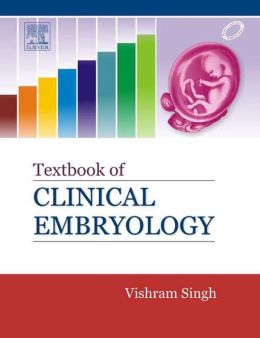-61%
Exploring Medication Dosage Calculations: A Comprehensive Guide
Introduction
Medication administration is a crucial aspect of healthcare, and accurate dosage calculation is essential for patient safety. “DRUG DOSAGE CALCULATIONS: A MULTI-METHOD APPROACH” by Anthony Giangrasso and Dolores Shrimpton unveils the intricacies of dosage calculation, empowering readers with a multifaceted understanding of this critical skill.
Methodologies and Applications
This comprehensive text encompasses the three primary methods of dosage calculation:
1. Dimensional Analysis:
Dimensional analysis involves converting units of measurement to ensure compatibility, allowing for accurate dosage calculation. The text meticulously guides readers through this method, step-by-step, demonstrating its efficient application.
2. Ratio & Proportion:
Ratio and proportion involve establishing ratios between known and unknown values to determine the appropriate dosage. The text delves into this method, providing clear explanations and practical examples.
3. Formula:
Formula-based dosage calculation relies on specific formulas to calculate the exact dosage required. The text provides an in-depth examination of these formulas, ensuring a thorough understanding of their application.
Comprehensive Coverage
The text not only introduces these methods but also guides readers through a wide range of dosage calculation scenarios, including:
– Oral Dosages: Calculating the amount of medication to be administered by mouth.
– Parenteral Dosages: Determining the dosage for medications administered via injection, either intramuscularly, subcutaneously, or intravenously.
– Intravenous Dosages: Calculating the flow rate and volume of intravenous medications, ensuring proper infusion over time.
– Enteral Dosages: Establishing the correct dosage for medications administered through a feeding tube.
– Flow Rates: Determining the rate at which intravenous medications should be administered.
– Titrating IV Medications: Adjusting intravenous medication dosages based on patient response.
– Pediatric Dosages: Calculating dosages for infants and children, considering their unique developmental needs.
– Daily Fluid Maintenance: Determining the amount of fluids required to maintain hydration.
Assessment and Practice
To enhance comprehension, the text includes a diagnostic arithmetic test, enabling readers to assess their baseline math skills. It then delves into a thorough review of essential math concepts, ensuring a solid foundation for dosage calculation.
Practical examples and exercises throughout the text provide ample opportunities for readers to apply the methods and reinforce their understanding. Instructors have the flexibility to select their preferred method, while students are equipped to master all three approaches, ultimately choosing the one they find most efficient.
Conclusion
“DRUG DOSAGE CALCULATIONS: A MULTI-METHOD APPROACH” is an indispensable resource for students and practitioners alike. Its comprehensive coverage, clear explanations, and practical examples empower healthcare professionals with the knowledge and skills to administer medications safely and accurately, ensuring optimal patient outcomes.










Reviews
Clear filtersThere are no reviews yet.